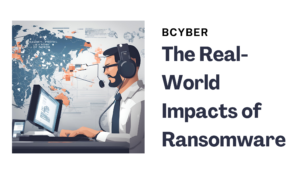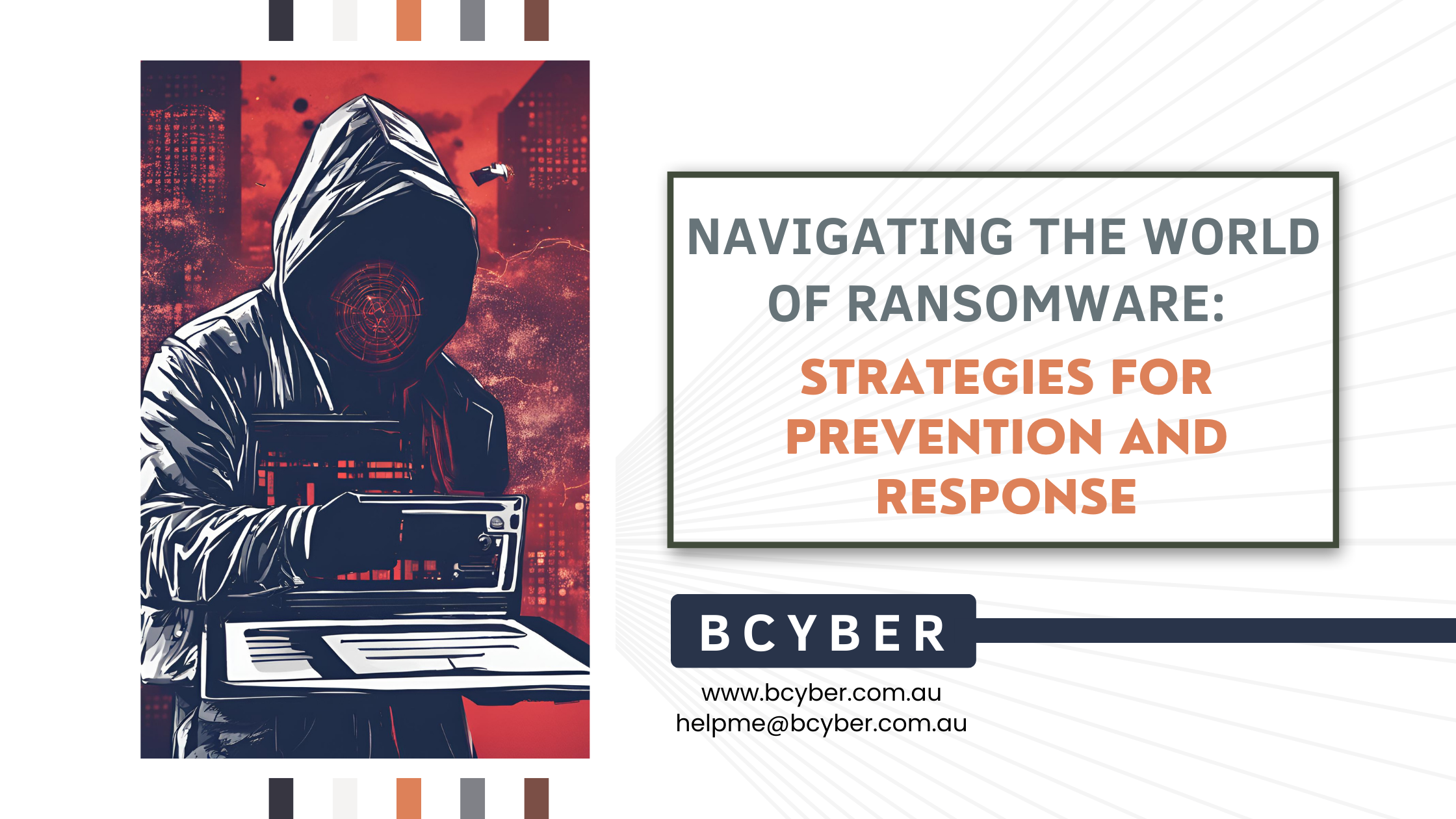In the evolving landscape of cyber threats, ransomware has emerged as one of the most formidable adversaries. This malicious software encrypts a victim’s data, rendering it inaccessible until a ransom is paid, often in cryptocurrency. As ransomware attacks become more sophisticated and frequent, organisations and individuals must be proactive in their defence strategies. This blog post delves into the world of ransomware, exploring its mechanics, real-world impacts, and comprehensive ransomware strategies for prevention and response.
Understanding Ransomware:
What is Ransomware?
Ransomware is a type of malware designed to block access to a computer system or data until a sum of money is paid, but remember even payment of the ransom doesn’t meant that you will get it back or that it hasn’t already been on sold, or even will not be on sold in the future… you are after all, dealing with criminals It typically spreads through phishing emails, malicious downloads, and vulnerabilities in software. Once the ransomware infects a system, it encrypts files and displays a ransom note demanding payment for the decryption key.
Evolution and Types of Ransomware
Ransomware has evolved significantly over the years. Early variants simply locked the screen, but modern strains encrypt files using strong cryptographic algorithms. Some common types include:
- Crypto Ransomware: Encrypts files on a victim’s system.
- Locker Ransomware: Locks the system, preventing access.
- Double Extortion Ransomware: Encrypts data and threatens to publish stolen data if the ransom is not paid.
The Real-World Impacts of Ransomware:

- Economic and Operational Damage: Ransomware attacks can have devastating economic and operational impacts on businesses. The costs associated with ransom payments, data recovery, system downtime, and reputation damage can be enormous. For example, Latitude faced a data breach affecting over 14 million individuals from Australia and New Zealand. (https://www.neweratech.com/au/blog/top-three-notable-cyber-incidents-in-recent-australian-history/)
- Psychological and Reputational Damage: Beyond financial losses, ransomware attacks can lead to significant psychological stress for individuals and employees, as well as reputational damage for organisations. Customers may lose trust in your company’s ability to protect their data, leading to long-term business consequences.
Ransomware Strategies for Prevention and Response:
Robust Cyber Hygiene Practices: Preventing ransomware requires strong cyber hygiene practices. This includes regularly updating software and systems, using antivirus programs, and cyber education and employees training about phishing attacks and safe browsing habits.
Data Backup and Recovery: Regularly backing up data is crucial. Ensure that backups are kept offline or in a separate, secure environment. This way, if ransomware strikes, you can restore your system without paying the ransom.
Implementing Security Measures: Organisations should implement robust security measures, including:
- Endpoint Protection: Use advanced endpoint protection solutions to detect and block ransomware.
- Network Segmentation: Segment networks to limit the spread of ransomware.
- Access Controls: Implement strict access controls and multi-factor authentication to prevent unauthorised access.
By following these Ransomware Strategies for Prevention and Response, organisations can significantly enhance their cybersecurity posture, reduce the risk of ransomware attacks, and ensure that they are well-prepared to respond effectively if an incident occurs.
Responding to a Ransomware Attack:
Incident Response Plan: Having an incident response plan is critical. This plan should outline steps for detecting, containing, and eradicating the ransomware, as well as recovering systems and data. Regularly test and update the plan to ensure its effectiveness.
Legal and Regulatory Considerations: Understand your legal and regulatory implications of a ransomware attack. Depending on your location and industry, you may be required to report the attack to authorities and affected parties. Consulting with legal experts can help navigate these requirements.
Engaging with Cybersecurity Experts: In the event of a ransomware attack, engaging with cybersecurity experts can provide valuable assistance. These professionals can help with incident response, forensic analysis, and even negotiations with attackers, if necessary (although not necessarily advisable).
Ransomware poses a significant threat to individuals and organisations alike, but with proactive measures and a comprehensive response plan, the risks can be mitigated. By understanding the mechanics of ransomware, its impacts, and ransomware strategies for prevention and response, we can better protect our digital assets and maintain resilience in the face of this pervasive cyber threat. Stay informed, stay prepared, and stay secure in the digital age.

